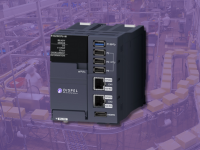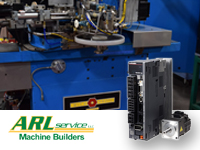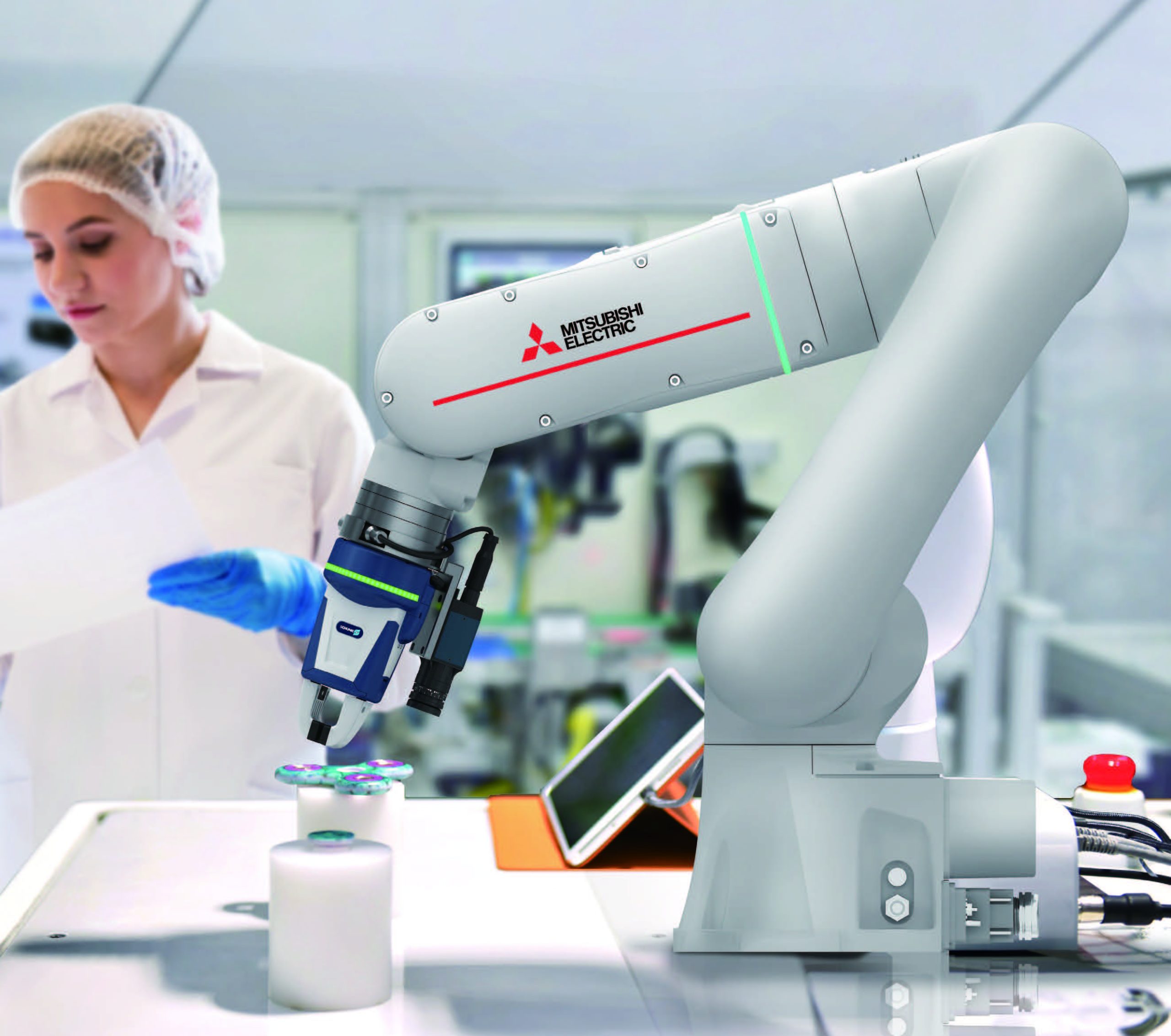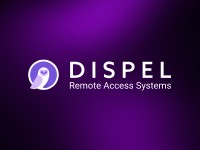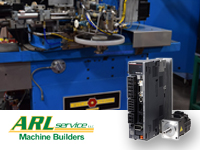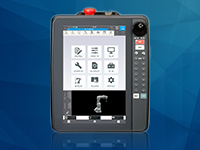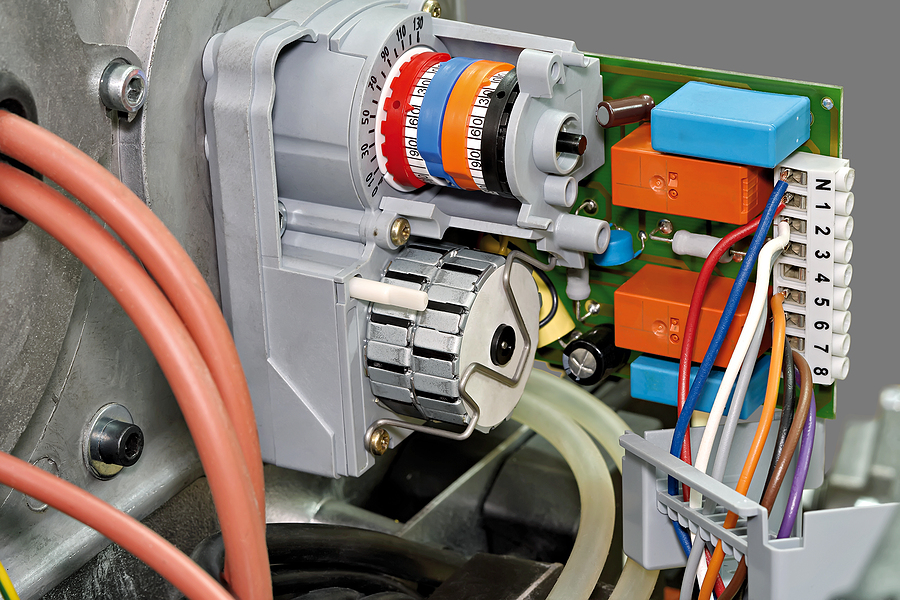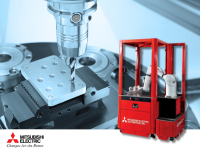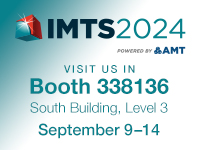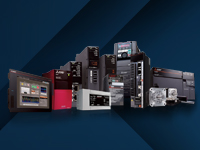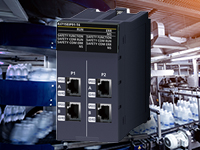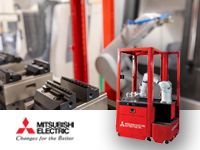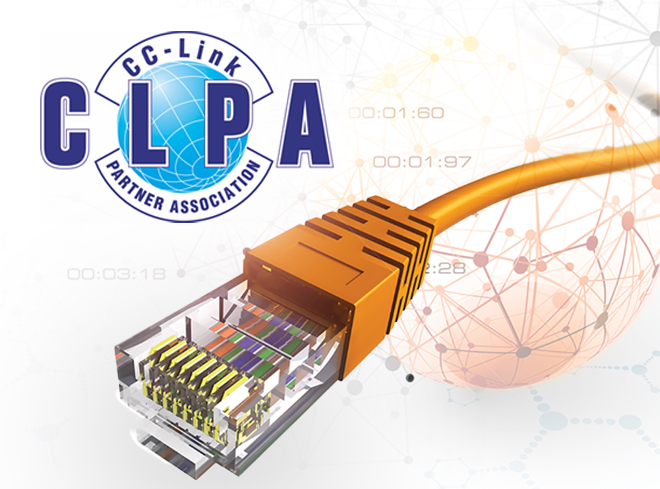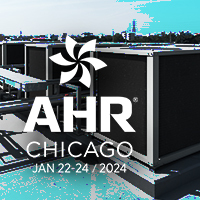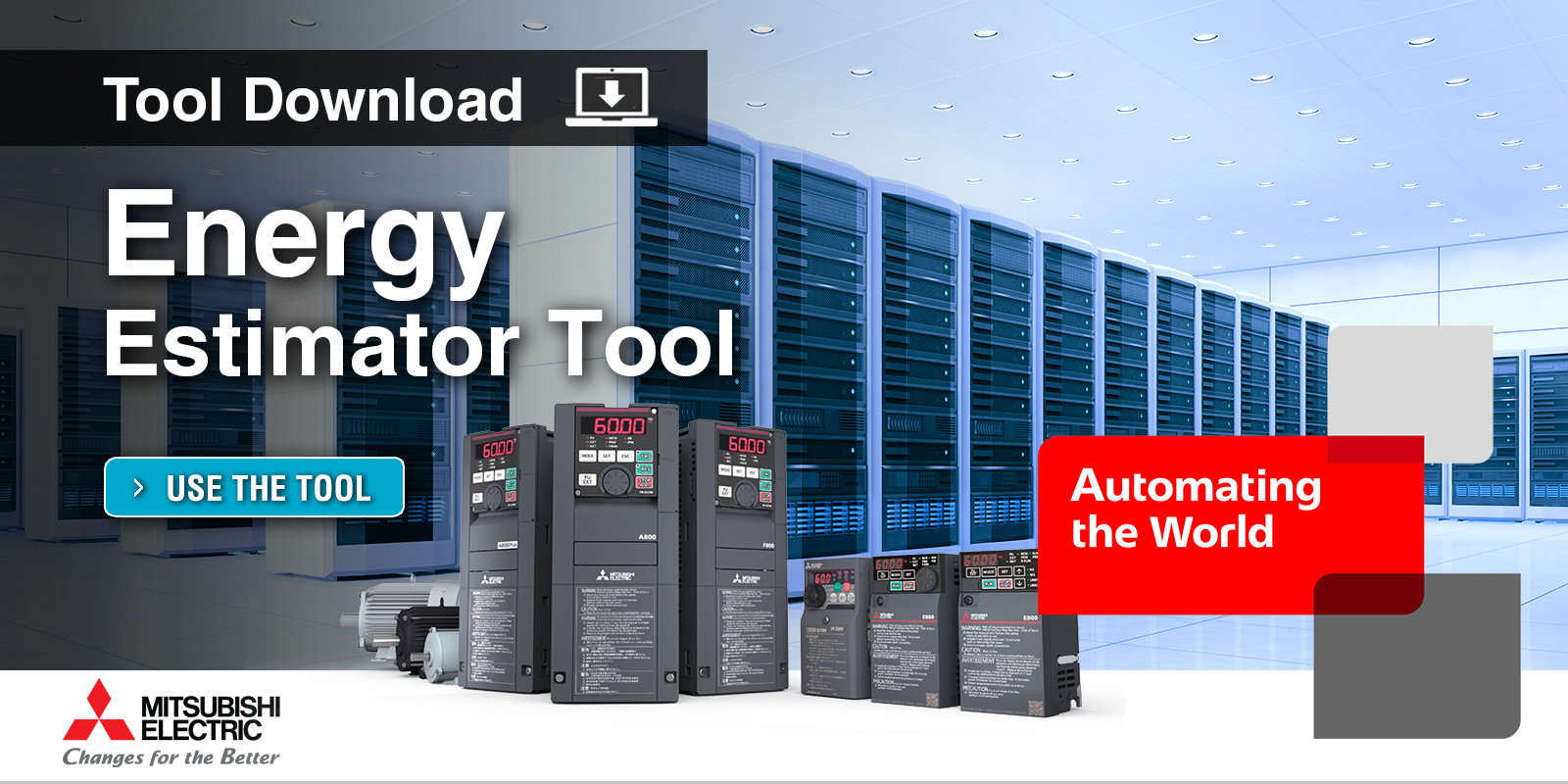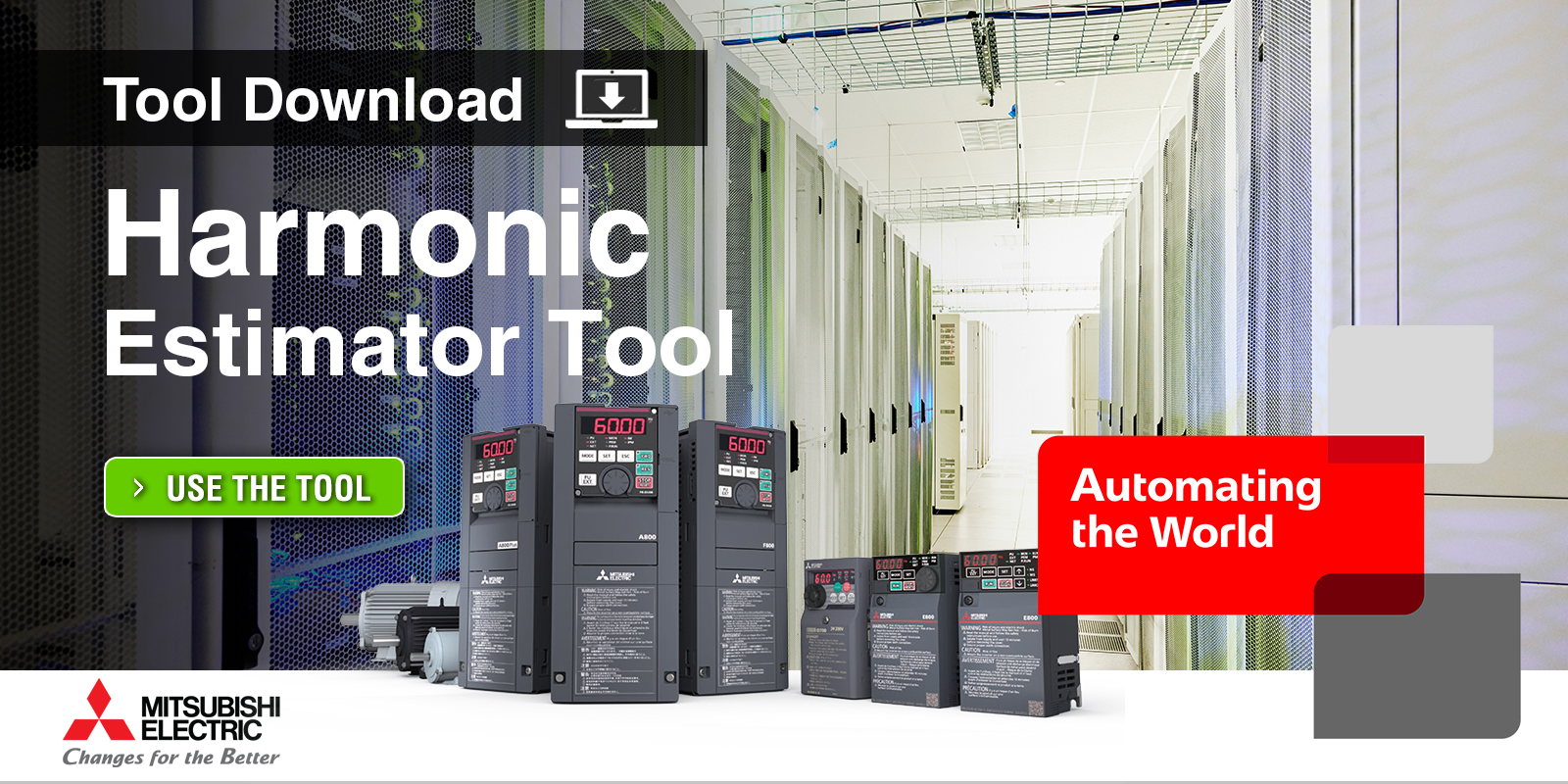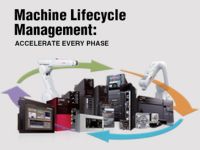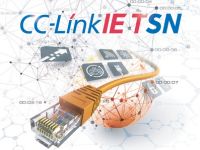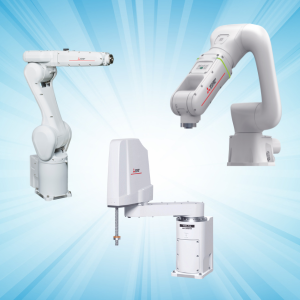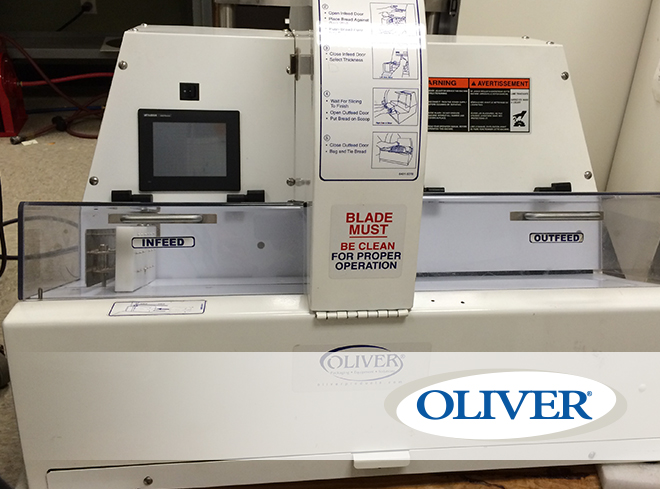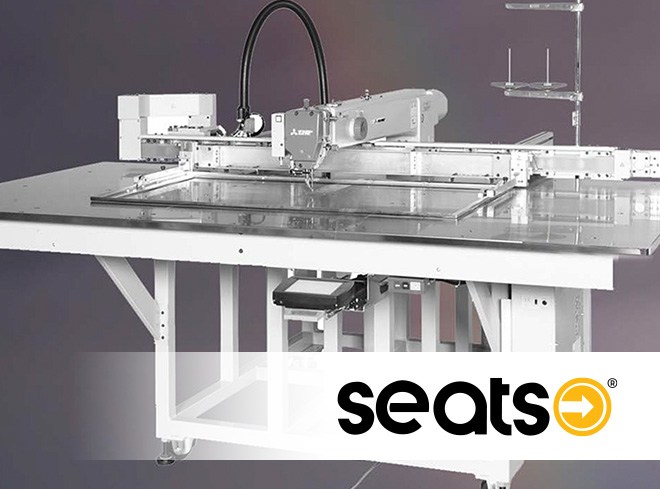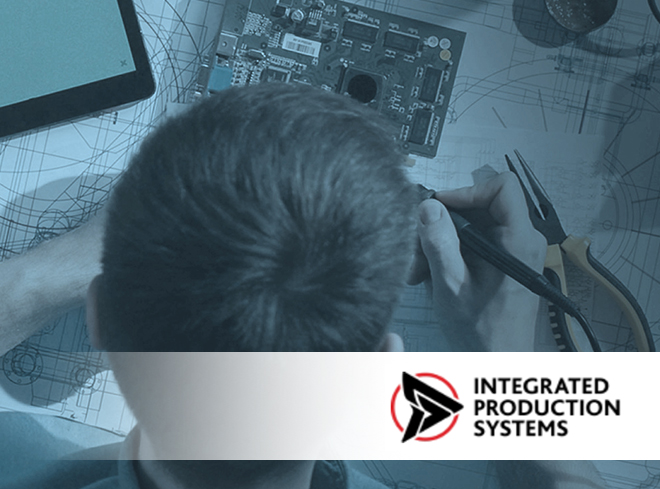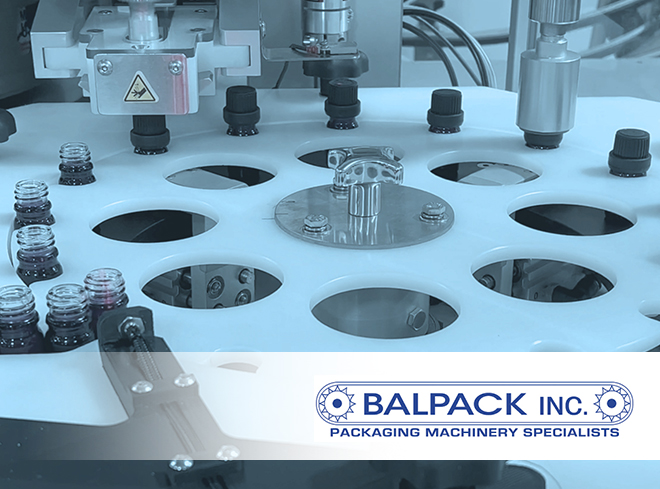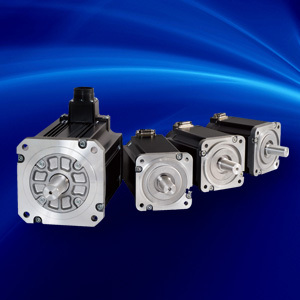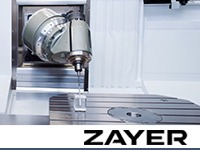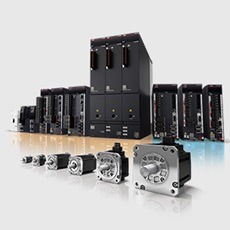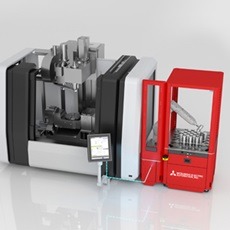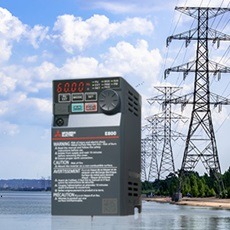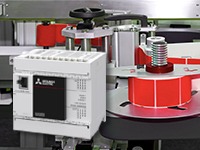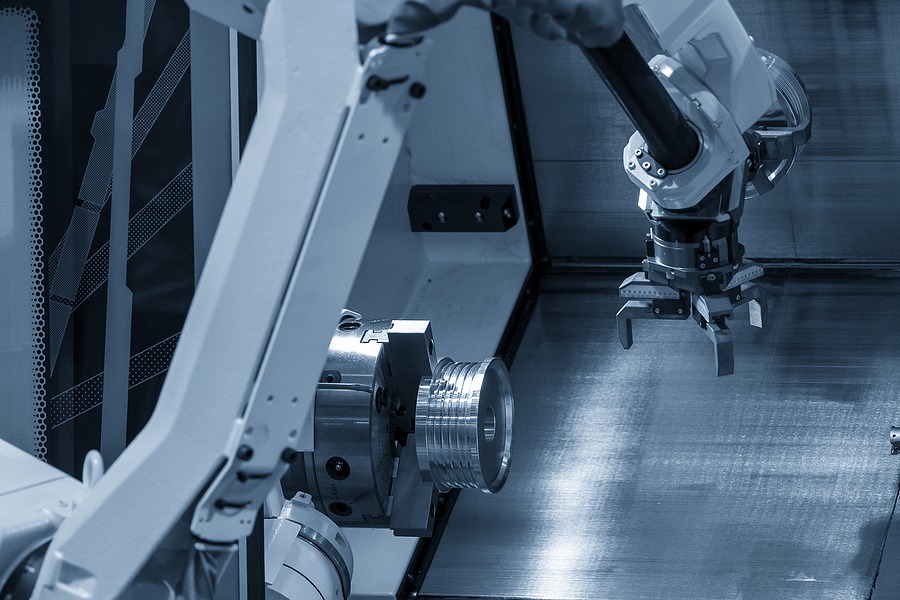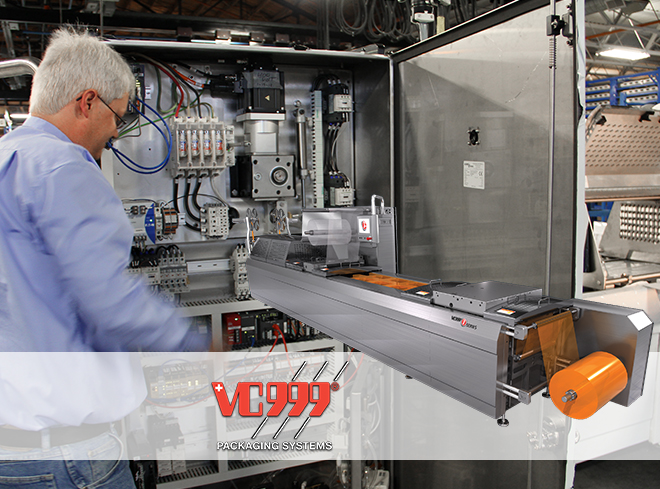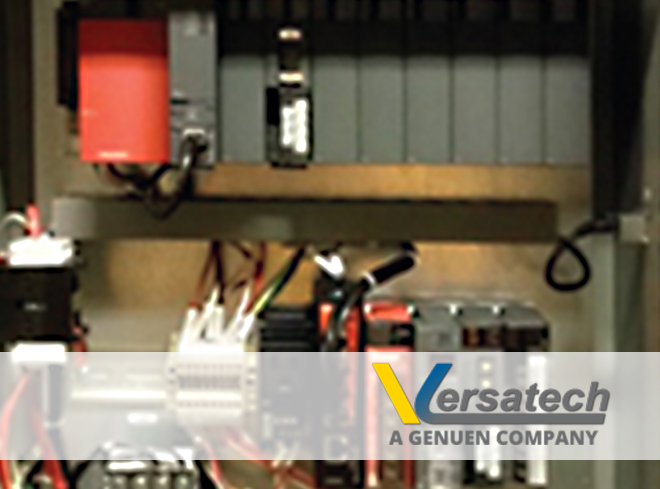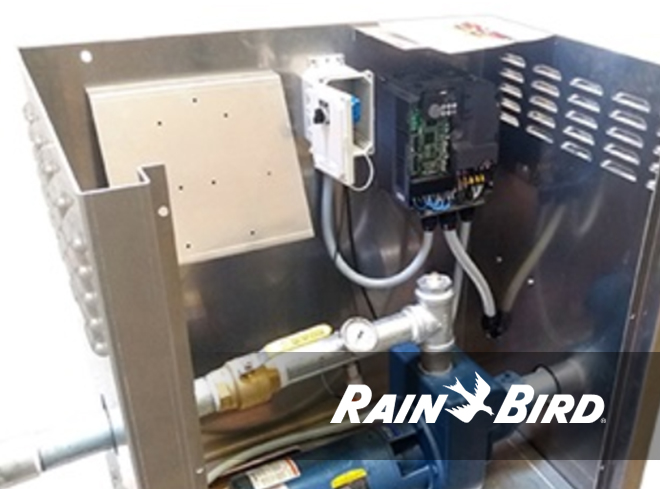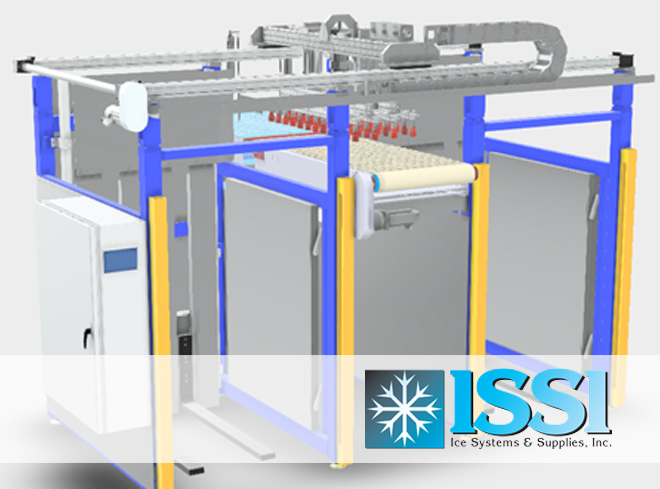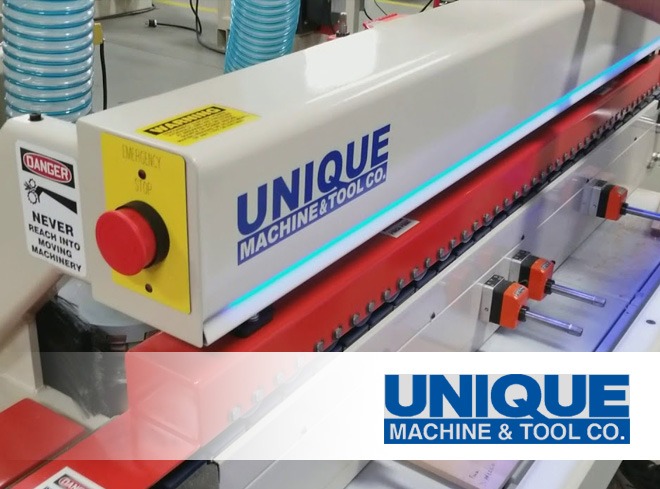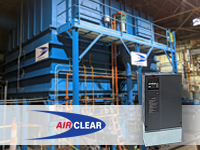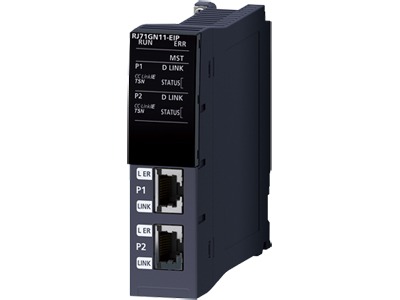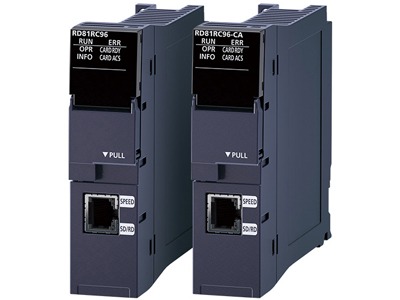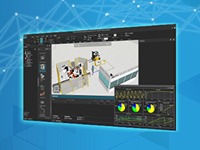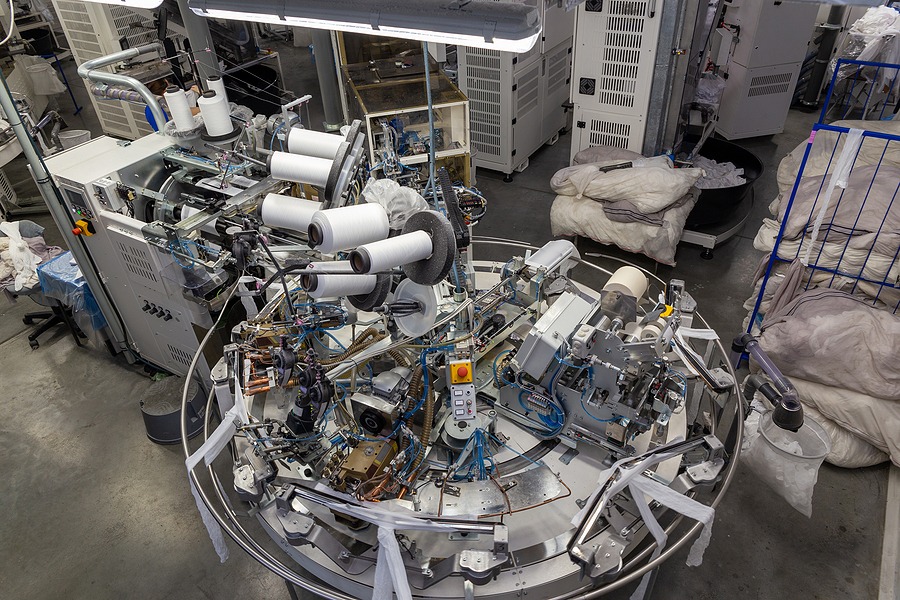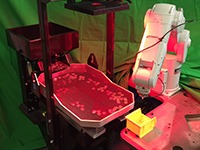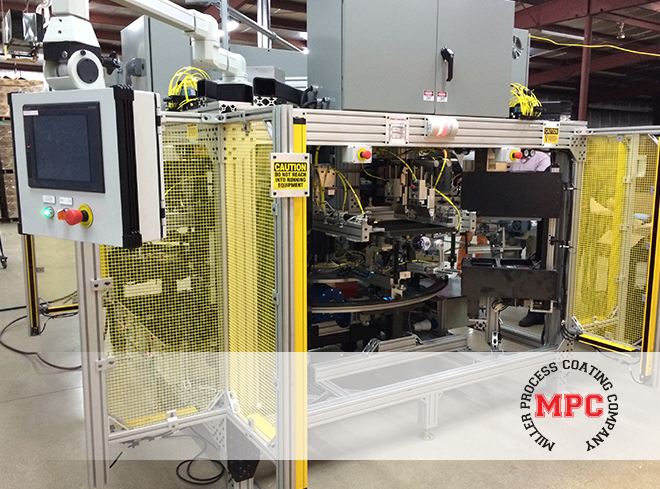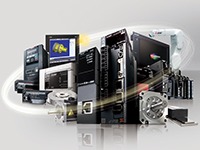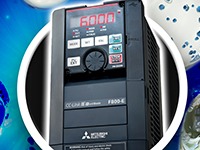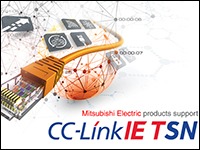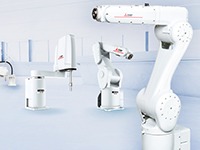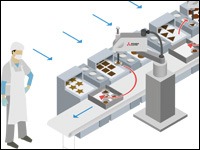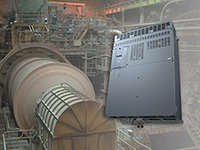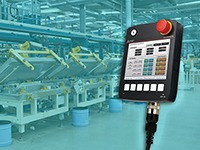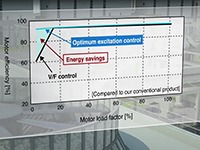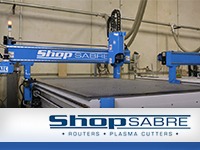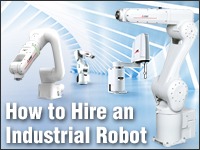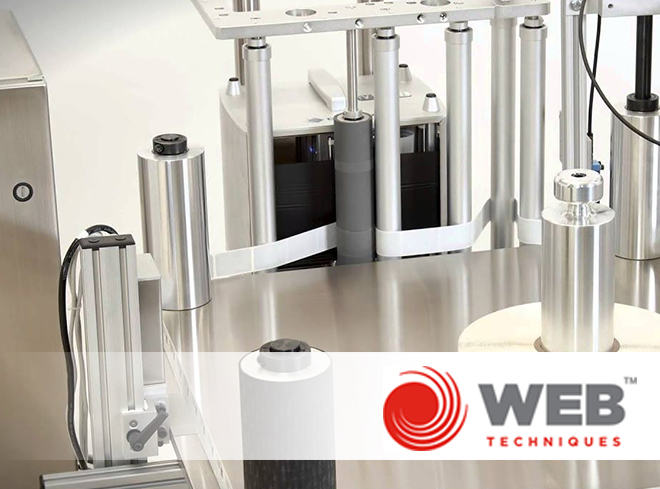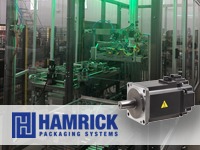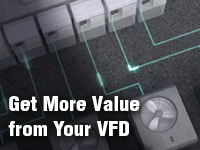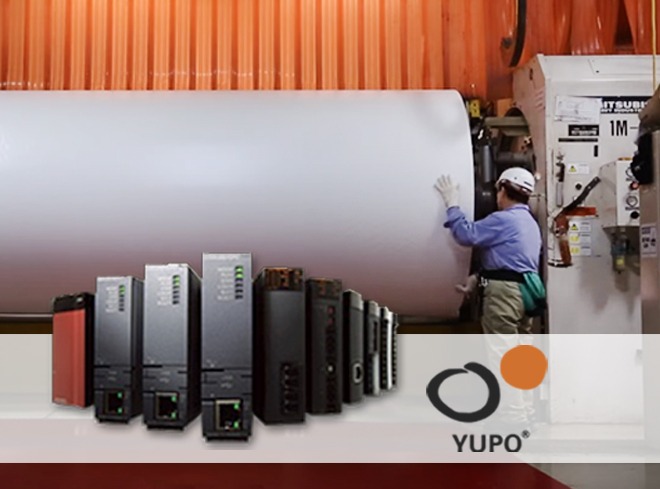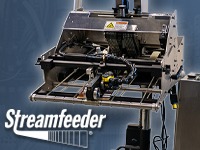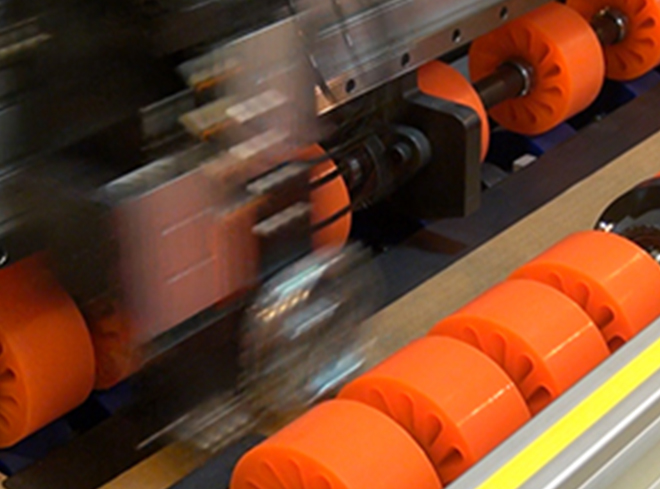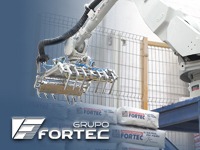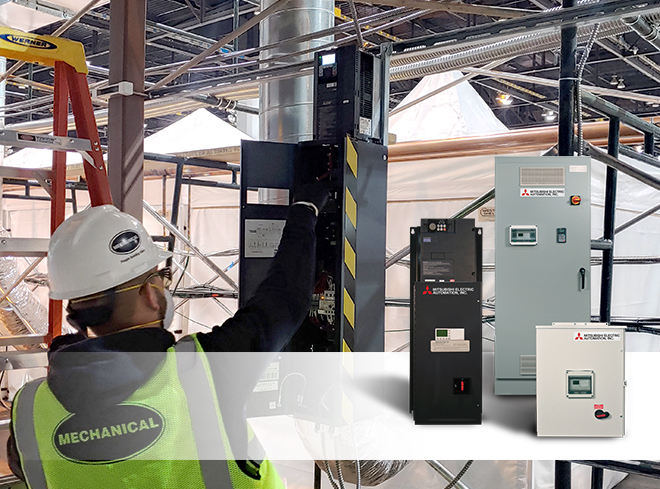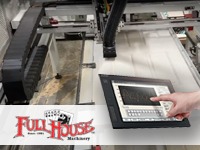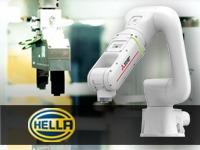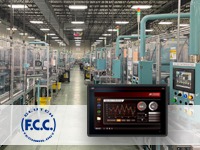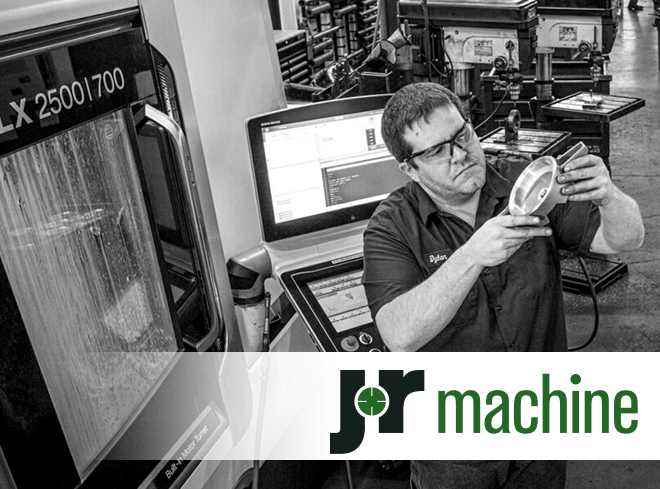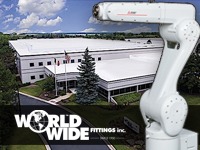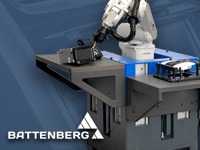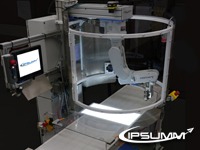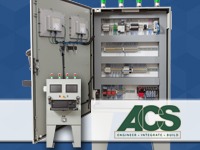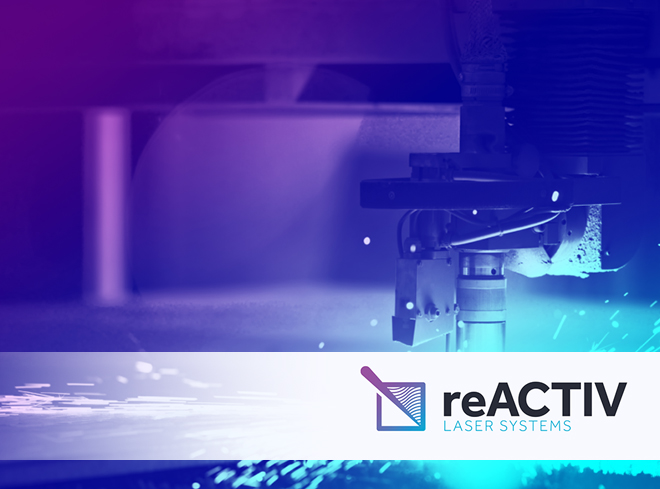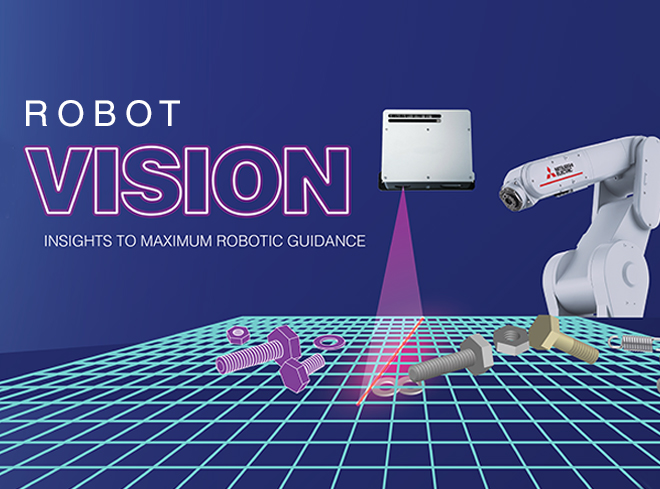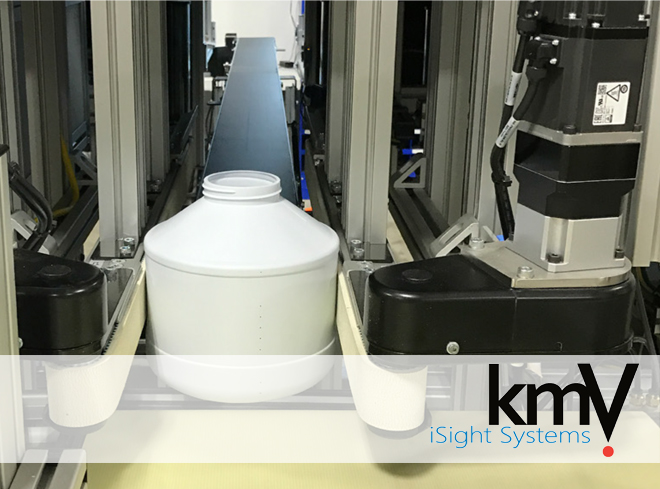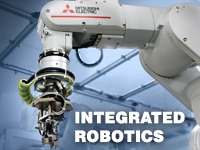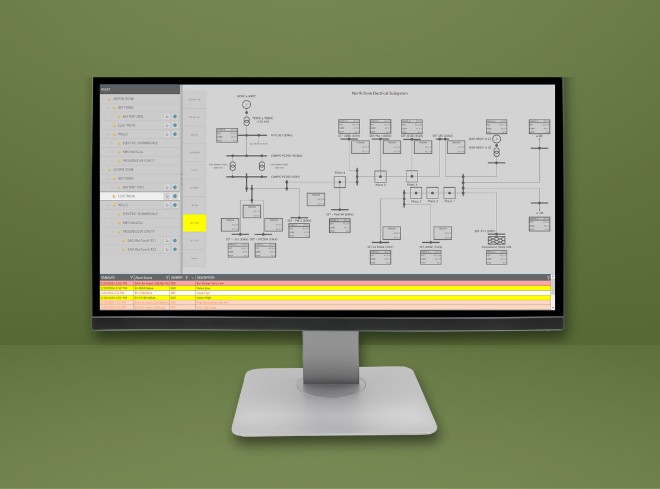
HMI/SCADA (Human Machine Interface and Supervisory Control and Data Acquisition) is the fundamental software solution for managing large processes in many industrial manufacturing and infrastructure vertical markets. It has also become the foundational information platform for Industry 4.0 and digital transformation.
Traditionally, HMI/SCADA software has played the role of operator interface to large, complex, and distributed systems. Today, HMI/SCADA software has become so modular and scalable that it has evolved into the default platform for monitoring all aspects of industrial automation to help organizations drive continuous improvement and process optimization. Making the right choice of HMI/SCADA software is pivotal to maximizing OT and IT strategies for information management and analytics.
Many elements of HMI/SCADA software require consideration when choosing an HMI/SCADA vendor, all of which deliver unique advantages and disadvantages. The solution you choose will be one that you will most likely use for a significant duration (10+ years at least). For those reasons and more, it is essential to understand the selection guidelines and items to consider when choosing the best HMI/SCADA software for your application.
Selection Criteria for Choosing the Best HMI/SCADA Software
The extensive list of selection criteria shown below is crucial to making an informed decision about your HMI/SCADA software and vendor:
- Vertical Market Support – Has a proven track record as an HMI/SCADA software of choice in your market.
- Code vs. No-Code Design – Offers programmable vs. configurable application development.
- System Scalability – Handles both today’s and tomorrow’s application requirements.
- Alarm Management – Offers flexible alarming and supports alarm standards.
- Data Logging/Archiving – Contains data storage, compression, retrieval, and disk space management features.
- Graphic User Interface – Delivers a consistent user experience for visualization across various devices and client types, including read-only, interactive, local, and remote.
- Tag Management – Contains options for tag management – Flat Tag Model vs. S95 vs. UNS (Unified Namespace).
- Data Analytics – Provides tools to develop and manage analytics across real-time and historical domains.
- Report Generator – Provides capability for automated time and event-based reporting.
- Notifications – Offers capacity for email, SMS, and other notification means.
- Rapid Development – Contains time-saving deployment tools to replicate similar functionality – clone and multiply features, for example.
- Application Documentation – Contains documentation tools for “as-built” reporting.
- Workflow Management – Provides tools for managing multi-step processes.
- Recipe Management – Can set operating parameters based on system requirements.
- IT/OT Integration – Provides tools to read/write, display, and interact with relational databases.
- History Trend Analytics – Delivers user tools for history data retrieval and analysis – Historian functionality.
- Industry Standards Support – Supports various industry standards (OPC, MQTT, FDA 21 CFR Part 11, ISA95, ISA18.2, ISA 62443, SAML, etc.).
- Performance Speed & Management – Offers scalable and efficient database processing and tools for performance management.
- Reliability – Delivers 24x7x365 solution reliability and unattended operation.
- System Health Monitoring – Provides tools for monitoring operational performance.
- System Redundancy – Supports high availability requirements through hardware and/or software redundancy.
- Northbound Protocol Connectivity – Provides support for clients to access data through one or more standards or proprietary APIs and protocols.
- Southbound Protocol Connectivity – Delivers the required device protocol(s) robustly and reliably.
- Flexibility – Contains features and benefits that enable flexible configurations.
- Sales and Distribution – This is available locally or internationally through channels that are good for you.
- Interoperability – Plays well with other applications, both OT and IT-related.
- Operating System Support – This is supported on the operating systems important to you.
- Ease of Use – It is designed for end users or automated configurations, as opposed to System Integrator-focused.
- Vendor Technical Support – The Vendor or System Integrator offers quality technical support and various support program types.
- Field Proven – Should be widely used in your vertical market.
- Vendor Endorsed – Delivers protocol owner endorsement of the solution.
- Industry Certifications – Meets protocol, security, ISA, etc. certification requirements.
- Cost/Price – Available as a cost-competitive solution, especially when considering total cost of ownership (TCO).
- License Model – Offers a license model that fits your OpEx/CapEx budget.
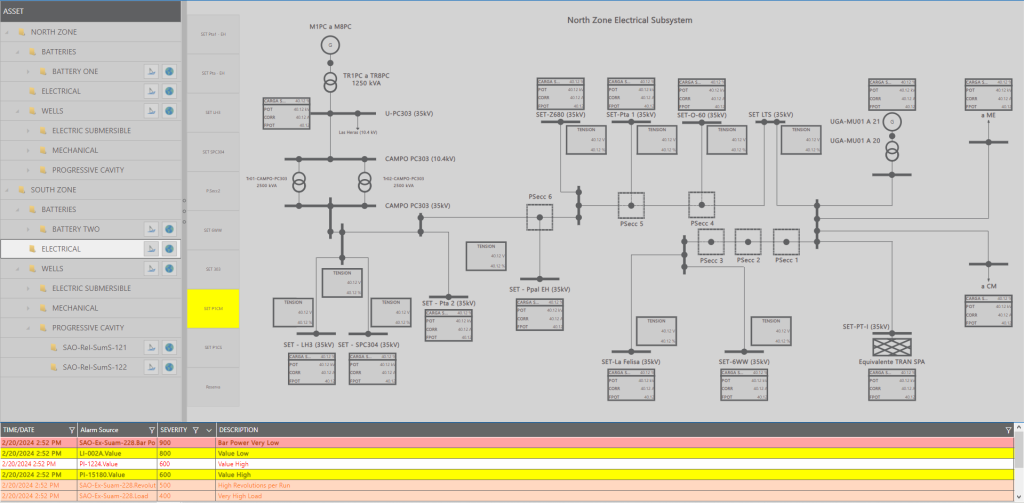
Vertical Market Support – As a software solution, HMI/SCADA gained popularity along with the introduction of personal computers in the 1970s. Today, there is a wide variety of HMI/SCADA software solutions to choose from, and HMI/SCADA has become commonplace in every industrial manufacturing and infrastructure vertical market.
Key markets that have driven specialization in HMI/SCADA software include oil and gas, pharmaceutical, food and beverage, automotive, chemicals, building, factory automation, water and wastewater, power and utilities, transportation, and general-purpose manufacturing of all kinds.
As you review HMI/SCADA software solutions, pay special attention to the unique functionality that may exist for your vertical market application. Key focus areas will be the support of vertical market standards, device communications, and graphic symbol sets/analytics unique to your market.
Code vs No-Code Design – Another HMI/SCADA aspect to consider is whether it offers programmable (code) vs. configurable (no-code) application development because this capability will have a significant impact on both the commissioning cost (startup cost) and the total cost of ownership (long term management cost) of the solution.
Commissioning is often carried out with the expertise of a system integration company. A system integrator may also handle long-term management but is usually handled in-house or through a combination of the two. Many HMI/SCADA software solutions are oriented to a development environment that delivers support for many of the basic requirements of an application, leaving room for any additional requirements to be fulfilled through custom development by the system integration partner.
While custom software development for a code HMI/SCADA solution enables the ability to do virtually everything in automation, it does so at the cost of extra development time, the introduction of added complexity, and the need for additional troubleshooting/debugging with ongoing maintenance. A no-code HMI/SCADA solution may be equally flexible, especially if the vendor has a long history in the business and an established expertise. Configurable solutions are easier for end users to adopt and support in the long term.
System integrators often like code solutions as these types of HMI/SCADA give them a greater opportunity to customize and deliver a unique solution that they will most likely be involved with supporting in the long term. In the mature market of HMI/SCADA, it is almost always better to select a proven and configurable no-code solution. However, all solutions, whether code or no-code, offer customization options for challenging applications.
System Scalability – HMI/SCADA software is selected for the application and may be enhanced over time, perhaps over dozens of years, to accept new data sources and manage new requirements. The HMI/SCADA software you select should deliver flexible licensing and quality support to assist with your long-term ownership.
You will want to review product release dates, feature enhancements, etc., to ensure the HMI/SCADA software vendor is actively investing in the solution so the company can address and keep addressing your needs in the coming years.
Also, it is important to consider that your application may grow from an architecture of one server node to a network of many nodes. Review the data architecture of the HMI/SCADA software to understand how data is accessed in a distributed environment and how easy it is to morph your architecture to distribute functions as necessary. This may mean moving historicization or reporting from a single server to another dedicated server for improved performance. Ultimately, the HMI/SCADA software you select should give you flexibility in these areas.
Alarm Management – All applications will benefit from alarm or event management. Some applications have greater demands on alarm management and may even require the support of alarm management standards such as ISA 18.2. Advanced alarming features, including alarm shelving, alarm suppression, and alarm acknowledgments, can become very complex.
Notification schemes should exist within your HMI/SCADA solution so that you can select the proper users to notify or trigger workflows to manage alarm responses. Standards such as the OPC Foundation OPC UA A&C (Alarms and Conditions) are excellent in enabling compatibility with other software solutions in the market.
Data Logging/Archiving – Your HMI/SCADA of choice should include data storage, compression, retrieval, and disk space management features. Data archiving, also known as data logging and the more sophisticated data historization, is a crucial part of an HMI/SCADA software solution.
In smaller applications, data archiving may be accomplished by logging into files or a relational database. In larger applications, performance will benefit from data compression techniques to minimize storage space and improve response times.
Many HMI/SCADA software solutions also offer data management tools to archive old data for memory management. Standards also play a significant role in data archiving. Ideally, archived data should be available for both IT and OT use. In the IT domain, relational database standards apply for data access.
In the OT space, standards such as the OPC Foundation OPC UA HDA (Historical Data Access) will play a vital role in integrating other OT software solutions. Pay special attention to the OPC UA HDA aggregate functions, as these are significant differentiators in how OT solutions can query analytically reduced data sets.
Graphic User Interface – With the advancement of internet graphics, every HMI/SCADA delivers a user interface. Most HMI/SCADA graphics are scalable across mobile and desktop interfaces and fully web-enabled. There has been a long history of graphic technologies, and now virtually all HMI/SCADA software has caught up.
Some still support legacy programming environments such as VBA (visual basic for application) while others are built on more modern tools for different configuration environments. Users may use one tool to create web-based graphics and another for desktop graphics.
The requirement for scripting tools in user interface design is not optimal. The ideal solution will offer a complete point-and-click solution for all user interface development. Tools should exist for data display, animations, etc.
An HMI/SCADA should also offer special objects for trends, alarm displays, data entry, relational data display, and a complete array of standard objects to match your vertical market. Some solutions offer 3D graphics animation, a capability at the forefront of user interface technology, so keep an eye out for these.
Tag Management – Tags are the names of variables in your system. Data is typically requested by using the tag name. Modern HMI/SCADA solutions offer robust tag names with hierarchical organization into sites, areas, lines, equipment, etc. This capability is also known as an ISA S95 definition. Other systems refer to this as asset-based information modeling. Unified Name Space (UNS) is another concept for creating a directory of all tags and metadata associated with them.
In addition to organizing access to data through information modeling definitions, it is equally important for an HMI/SCADA to have the capability to apply analytics to these models to perform rapid and less error-prone development.
Moreover, graphic objects should consume modeled data, and analytics should apply to modeled data. This is an area of active technology development with organizations such as CESMII and the OPC Foundation that drive the adoption of information models to enable Industry 4.0, digital transformation, and smart manufacturing.
Data Analytics – Data analytics is supported by all HMI/SCADA software solutions. Differentiators in this area include HMI/SCADA solutions that use templates, models for analytics, rules-based analytics, and workflows applied to analytics as solution accelerators. These HMI/SCADAs can also combine real-time analytics with analytics on both relational database and historian database sources.
Report Generator – Report generation is often a requirement in HMI/SCADA applications. This is also an area of specialization, and few HMI/SCADA vendors offer high-quality reporting, typically deferring that capability to third-party technology providers.
A leading HMI/SCADA solution will offer good quality reporting with built-in tools while also offering standards-based interfaces for third-party support, including relational database interface standards and OT standards such as OPC UA – DA (Data Access), HDA (History Data Access), A&C (Alarms and Conditions). OPC UA HDA aggregate functions are a vital differentiator in accessing analytically reduced data sets for report generation.
Notifications – A powerful way to ensure users respond to anomalies quickly and efficiently. An HMI/SCADA’s capability in this area can be a significant differentiator.
Some solutions offer good internal capabilities, while some rely on custom software development. Still, there are others who rely on third-party solution providers. Again, consider the HMI/SCADA support for both IT and OT data standards, which will be valuable in accessing the information to support notifications.
Rapid Development – Most HMI/SCADA applications require repetitive configuration tasks. The configuration work completed for one plant can apply to another plant, from one line to the next, and from one piece of equipment to another. Tools for the replication and automated modification of an application will greatly enhance the developer’s productivity and reduce the chance of errors.
These tools are often referred to as cloning or multiplication tools. Ideally, the HMI/SCADA software configuration will be stored in a standard format, perhaps a relational database. This capability greatly enhances the ability to deploy highly scalable applications rapidly.
Application Documentation – Generating application documentation is crucial for training/education and change management. The HMI/SCADA should be able to store its application configuration in a common format (files or relational database tables) and should contain documentation tools that translate application configurations into human-readable forms.
Workflow Management – Most HMI/SCADA software solutions are designed for real-time operation – operator interfaces, alarm management, and analytics. Newer HMI/SCADA software solutions focus more on time-based or event-based decision trees and data integration from IT sources (relational data). Even more sophisticated HMI/SCADA software will manage workflows, take results from analytics or alarms, etc., and follow procedures for notification, distribution, etc.
Recipe Management – A recipe can mean different things to different users. We may think of recipes as packaged changes from manufacturing product A to manufacturing product B. However, recipes can also be considered a set of parameters that can be used to run in any particular state. For example, the alarm levels for operating at full load as opposed to minimal load. An HMI/SCADA with recipe management can adjust conditions based on product or operational conditions, which is an essential manufacturing capability.
IT/OT Integration – HMI/SCADA software is bridging the IT and OT gap to deliver analytics across both domains. A top HMI/SCADA should offer high-quality interfaces to retrieve, analyze, and display data from relational databases and traditional OT device sources.
Integrating data from both the IT and OT domains is critical to accelerating a digital transformation. In addition, IT infrastructures are rich with security, performance, and reliability data, so tapping into this information domain is critical to running the most reliable environment. The support for IT protocols such as SNMP should also be a standard feature of every HMI/SCADA software.
History Trend Analytics – Data trending is one of the most powerful ways to understand your process, so an HMI/SCADA should provide user-friendly tools for historical data retrieval and analysis. The HMI/SCADA should offer tools for pre-defined trending and ad-hoc trending.
An advanced HMI/SCADA will also offer tools for highlighting data, adding comments, and exporting data for use in other analytic solutions. Collaborating on analyses and sharing results with others is also important; modern trend tools can facilitate this.
Industry Standards Support – Standards have never been more important. Today’s solutions often integrate best-in-class products. Supporting industry standards ensures that products will share data efficiently and reliably. There are many standards in HMI/SCADA, both in technology and in support of vertical markets.
For technology, look for OPC Foundation support and OPC UA compliance. For vertical markets, look for 21 CFR Part 11 in FDA-regulated markets. PackML is common in food and beverage applications. ISA 18.2 is common for alarm management in the process industries. There are also best practice guidelines around high-performance operator graphics, delivering decluttered interfaces, and progressive disclosure to improve operator performance. A modern HMI/SCADA will support all of these.
Performance Speed & Management – A top HMI/SCADA will have high transaction speed, display and analytics responsiveness, and performance management tools. The need to consider performance in an HMI/SCADA will vary greatly with the size and character of the application. Be aware of the application’s needs and ensure your HMI/SCADA has health monitoring capability.
Reliability – A modern HMI/SCADA will deliver 24x7x365 reliability. Considerations need to apply to both fully functional operation and operation when some devices are offline. Consideration should also be given to communication line quality, such as error rates in wireless configurations. Quality device communications should adapt to these varying situations and recover automatically.
System Redundancy – Investigate how an HMI/SCADA supports high availability requirements. HMI/SCADA often supports architectures for higher availability, and these may include redundant communications paths or complete HMI/SCADA server redundancy that is invisible to a client application. High availability may also rely on hardware platforms such as those from Stratus or virtual machines.
Northbound Protocol Connectivity – An HMI/SCADA should provide client support through one or more standard or proprietary APIs. Most applications are becoming the integration of best-in-class software components. The support of communication standards will be critical to enabling this integration.
Look at the OPC versions that the HMI/SCADA supports. Options are OPC Classic versions of OPC DA, OPC A&E, OPC HDA, and the newer OPC UA with support for data access (DA), alarms and conditions (A&C), and historical data access (HDA).
While OPC UA is a complete protocol with data structures and transport, newer forms of OPC UA are based on the MQTT transport. Often, OPC servers will support several northbound APIs for use in different integration scenarios. Internet and IoT architectures benefit from publish/subscribe protocols such as MQTT and AMQP, while HMI/SCADA architectures benefit from poll/response with reporting by exception. Proprietary protocols such as Suitelink and EDA (Easy Data Access) support particular HMI/SCADA software solutions.
Southbound Protocol Connectivity – An HMI/SCADA should deliver robustness for your required protocol(s). Southbound connectivity offers communications, typically both read and write, to the devices in your automation system. The most common protocol in the industrial automation world is MODBUS, which was developed in 1979 as a serial protocol and has been adapted over time to Ethernet.
SNMP (Simple Network Management Protocol) is very common in the IT domain. In the power domain, there are protocols such as 61850 and DNP3. In oil and gas, many count on the reliable collection of electronic flow measurement (EFM) data as crucial to their operations. In building automation, there are BACnet and BACnet/SC.
Various markets and vendors have introduced protocols adapted to best support vertical markets and unique applications. The latest technology to consider is Ethernet with Time Series Networking (TSN), supported by an industry-standard protocol called CC-Link IE TSN. Other industrial ethernet protocols include PROFINET, Ethernet/IP, and EtherCAT.
There are dozens of current-day protocols and an equal number of legacy protocols that many different OPC server providers support. Modern OPC servers will support more than one protocol at a time. These are often sold as individual drivers, bundles of protocols, or a complete suite.
Flexibility – At a detailed level, look at what features and benefits are differentiators in an HMI/SCADA. Flexibility in an HMI/SCADA can vary greatly and becomes more important in larger or more demanding applications.
Flexibility may involve the support of non-standard architectures, runtime configuration, remote configuration, API-based configuration, the ability to import and export configurations, application documentation, and more. In small and simple applications, flexibility is not necessarily a differentiator. Still, in larger and more demanding applications, it can become a serious area of differentiation between HMI/SCADA software offerings.
Sales and Distribution – Be sure the HMI/SCADA is available locally or internationally. Check if the products are sold through distribution or direct and if the HMI/SCADA software solution is recommended or private-labeled by OEMs in the industry. These are factors to consider when comparing one offering to another regarding market reputation. Remember that most HMI/SCADA solutions allow you to download a trial for test purposes before purchase, so look for this.
Interoperability – A top HMI/SCADA plays well with other applications. The foundational requirement of an HMI/SCADA is typically to co-exist with other applications on one computer. This may require the tuning of priorities or the special allocation of computer resources. It may also require different applications to be run on virtual machines. You will want to ensure your HMI/SCADA of choice supports your system and IT security architectures.
Operating System Support – An HMI/SCADA should be supported on the operating systems that are important to you. In industrial automation, the most common platform is Microsoft Windows. Linux is also becoming very popular, and Docker is equally so. You will want to ensure your OPC Server runs on both workstation and server configurations and in scenarios with virtual machines.
Ease of Use – An HMI/SCADA should be designed for user or programmatic configuration. The ease of configuration is also a significant factor in selecting an HMI/SCADA. Options for configuration include manual configuration through a set of configuration menus and selections, programmatic configuration through a set of APIs that enable the support of external tools to automatically generate a configuration, and application configurations that are often stored in easy-to-access file formats or databases. In many cases, tools for export and import are also available to support configuration and documentation in other software solutions, often Microsoft Excel.
Vendor Technical Support – An HMI/SCADA vendor should provide quality technical support and various support program types. Check if the HMI/SCADA provider is a long-term viable solution provider. Also, check if there are regular releases of the HMI/SCADA software and if there are updates to the latest technology, security patches, and enhanced functionality. It’s crucial to know this information before you choose your HMI/SCADA.
Field Proven – HMI/SCADA should be widely used in the market. Most offerings in today’s software world have been developed for localization (international language support). Leading solutions will be sold globally and will have the support for operation in various languages. Your application may only need English support, but for multi-national corporations, companies that have proven themselves on the global stage are more likely to deliver long-lasting reliable solutions.
Vendor Endorsed – An HMI/SCADA should deliver protocol owner endorsement. The selection of an HMI/SCADA becomes straightforward if the device vendor makes an HMI/SCADA recommendation for you because they have vetted the solution and know its operation along with the available products. For example, Mitsubishi Electric has long endorsed and subsequently acquired ICONICS, and ICONICS’ HMI/SCADA is the product of choice for Mitsubishi Electric applications.
Industry Certifications – An HMI/SCADA should meet protocol certification requirements. Several seals of approval should be considered when reviewing HMI/SCADA. The OPC Foundation offers a product certification process and database that lists all products, both certified and not. There are also certifications available for the various device protocols.
For instance, BACnet and BACnet/SC are protocols commonly certified with a seal of approval from the BTL (BACnet Testing Laboratory). CC-Link is tested through the CLPA (CC-Link Partner Association). Check if the managing authority of your protocol offers a certification process and that the OPC server of choice has met the certification requirements.
Cost/Price – An HMI/SCADA should be a cost–competitive solution. The price of HMI/SCADA software varies greatly and is a major area of competition among vendors. It is worth reviewing the market offerings to compare technical abilities AND pricing to ensure you make the right choice for your application. Also, be sure to consider your long-term cost of ownership, as this will be many times more than the initial cost of your HMI/SCADA software.
License Model – An HMI/SCADA license model should fit your OpEx/CapEx budget. Most HMI/SCADA vendors currently enhance license models for HMI/SCADA to match the licensing models of the IT space – monthly or yearly expenses over one-time license costs.
While perpetual license models with annual support programs were the norm just a few years ago, models now include annual subscription support to fit OpEx (Operational Expense) rather than CapEx (Capital Expense) plus annual support pricing scenarios.
Final Thoughts
In summary, selecting the right HMI/SCADA is a crucial decision that can significantly impact your IT and OT systems’ manufacturing and infrastructure performance, reliability, and overall success. Factors to consider include performance, reliability, redundancy, technical support, northbound and southbound protocol connectivity, flexibility, proven track record, distribution, compatibility, operating system support, pricing, licensing model, ease of use, vendor endorsement, and certifications.
By carefully evaluating these and other criteria and considering the specific needs of your application, you can make an informed decision and choose the HMI/SCADA that best meets your requirements.
For more information on HMI/SCADA, and to learn about the solution Mitsubishi Electric believes to be the market leading technology, please visit ICONICS.

Tom Burke
Global Director of Industry Standards
Mitsubishi Electric Automation, Inc.

Roy Kok Sr.
Partnerships & Alliance Specialist
Mitsubishi Electric Automation, Inc.
Work with Us and Succeed
We love our customers and the challenges they bring to us. We also like to let our customers shine by discussing how we worked together to solve their biggest challenges. If you have a challenge that needs to be solved and would like to be our next BIG success story, reach out to us and let’s connect!


